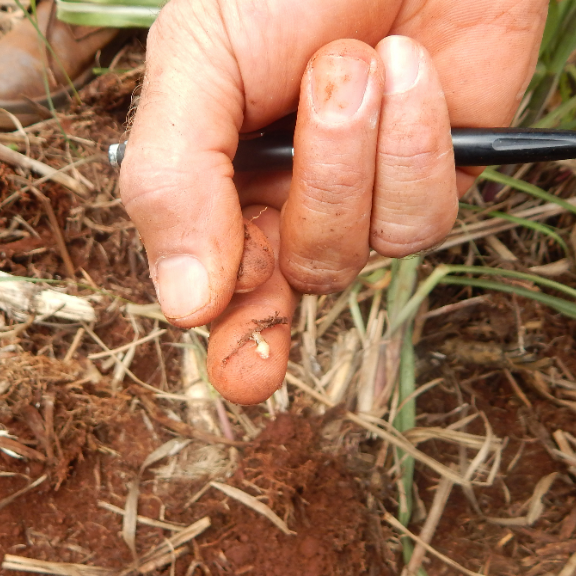Pest and Disease Surveillance
Sugarcane, a vital cash crop, is susceptible to a range of pests and diseases that can significantly impact yield and quality. Effective pest and disease surveillance is critical for the early detection of potential threats, enabling timely and targeted interventions. Here's a comprehensive exploration of the strategies and methodologies involved in pest and disease surveillance within the context of sugarcane cultivation:
1. Identification and Classification: Successful pest and disease surveillance begins with accurate identification. Farmers and agricultural professionals should be well-versed in recognizing common pests and diseases specific to sugarcane. Regular training programs can enhance their ability to distinguish between beneficial insects and those that pose a threat.
2. Monitoring Systems: Implementing systematic monitoring systems is essential for proactive surveillance. Utilize a combination of visual inspections and strategically placed traps to capture and identify pests. Regular surveys of the sugarcane fields, especially during key growth stages, provide valuable data for assessing the presence and intensity of pests.
3. Integrated Pest Management (IPM): Adopting an Integrated Pest Management (IPM) approach is fundamental. IPM emphasizes a holistic strategy that combines biological control, cultural practices, and judicious use of chemical interventions. By incorporating natural predators and beneficial organisms, farmers can create a balanced ecosystem that minimizes reliance on pesticides.
4. Early Warning Systems: Leverage technology for early warning systems. Weather stations, sensors, and pest forecasting models can provide real-time data on environmental conditions conducive to pest outbreaks. Early warnings enable farmers to implement preventive measures before pests proliferate.
5. Disease Diagnostics: Invest in disease diagnostics to accurately identify and characterize diseases affecting sugarcane. This may involve laboratory tests, DNA analysis, or rapid diagnostic kits. Timely and precise disease diagnosis allows for targeted management strategies, reducing the risk of misidentification and unnecessary treatments.
6. Threshold Levels: Establish threshold levels for pest and disease management. Determine the point at which intervention becomes necessary to prevent economic damage. Monitoring pest populations and disease incidence against predetermined thresholds guides decision-making on the timing and intensity of control measures.
7. Beneficial Insects and Natural Predators: Encourage the presence of beneficial insects and natural predators. These organisms play a crucial role in maintaining a balanced ecosystem. Predatory insects, parasitoids, and birds can contribute to pest control, reducing the need for chemical interventions.
8. Remote Sensing and Technology: Incorporate remote sensing technologies for large-scale surveillance. Satellite imagery, drones, and sensor networks can provide a bird's eye view of the sugarcane fields, detecting patterns indicative of pest or disease stress. Technology-driven surveillance enhances efficiency and coverage.
9. Record Keeping and Data Analysis: Maintain detailed records of pest and disease observations. Regularly analyze this data to identify trends, patterns, and hotspots. Historical data assists in predicting potential outbreaks, facilitating proactive management strategies for future planting seasons.
10. Collaborative Efforts: Collaborate with agricultural extension services, research institutions, and fellow farmers to share information and insights. Participate in regional monitoring networks to stay informed about emerging pest and disease threats. Collaborative efforts enhance the collective ability to manage and control sugarcane pests and diseases effectively.
11. Education and Training: Continuous education and training are essential components of effective pest and disease surveillance. Farmers and field workers should receive ongoing training on the latest surveillance techniques, pest life cycles, and disease epidemiology. Well-informed individuals contribute significantly to the success of surveillance programs.
12. Rapid Response Protocols: Develop rapid response protocols based on surveillance data. Establish predefined action plans for specific pests or diseases, ensuring that responses are swift and appropriate. Having predetermined protocols in place streamlines decision-making during critical periods.
Conclusion: Pest and disease surveillance in sugarcane crop management is a dynamic and multifaceted endeavor. By combining traditional scouting techniques with modern technologies and collaborative efforts, farmers can create robust surveillance systems. Early detection, informed decision-making, and a holistic approach contribute to sustainable pest and disease management, safeguarding the health and productivity of sugarcane crops.

